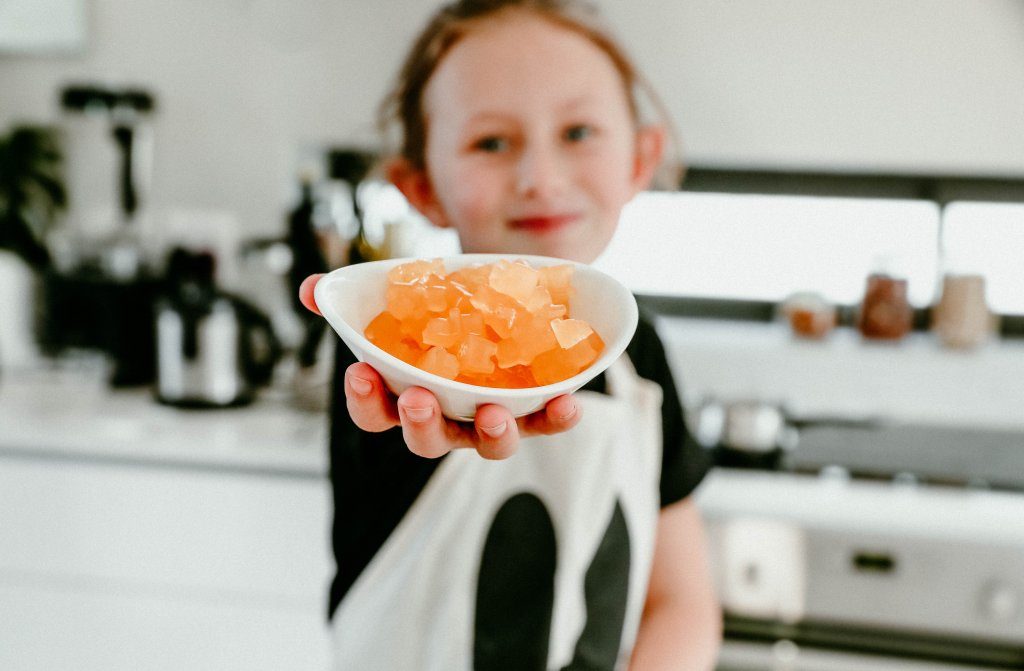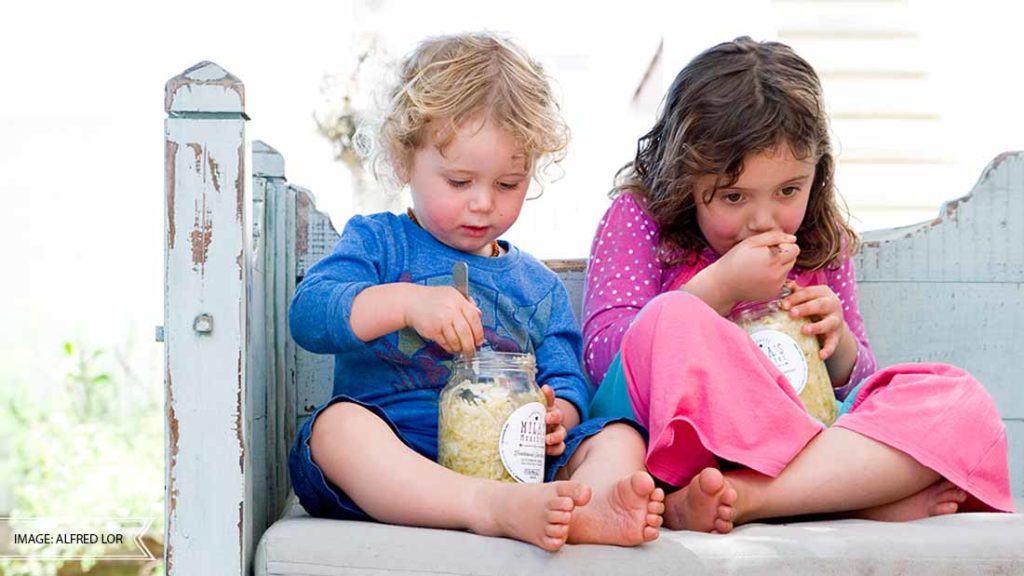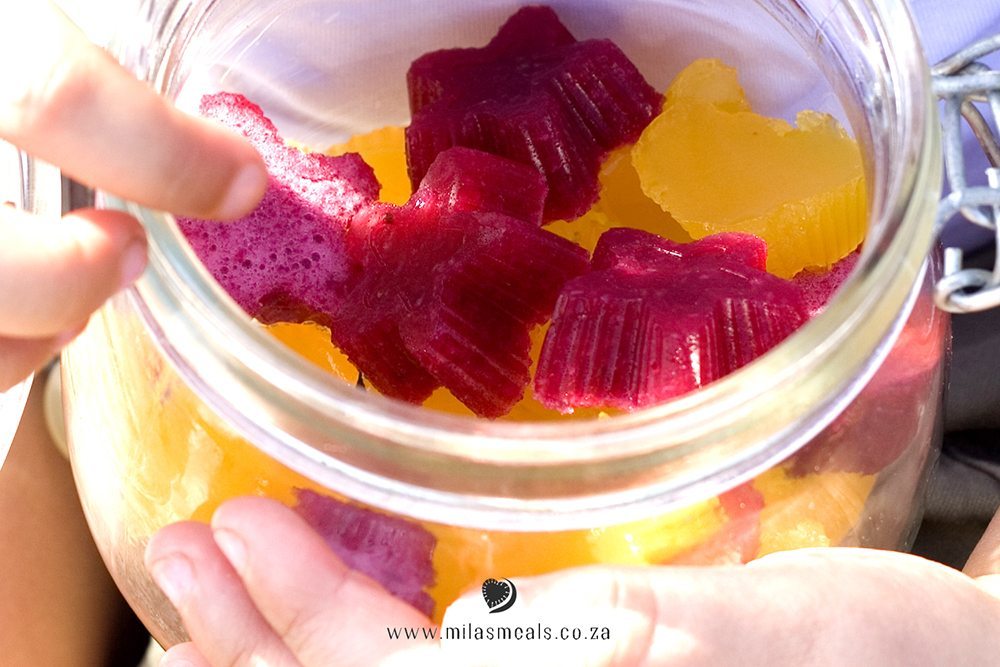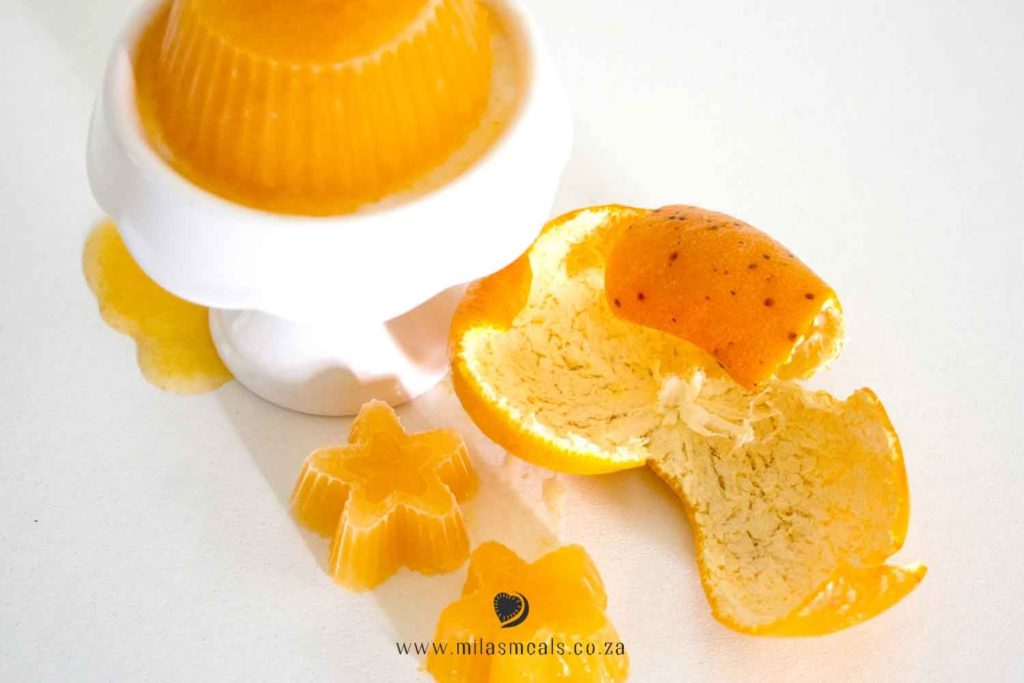Before I get to The How, I always start with The Why and The What.
Why is gut health so important?
The health of the gut is tied to our children’s overall health and wellness, their immune function, their brain function and even their temperament. (1) (2) (3)
As I write in my book ‘Mila’s Meals: The Beginning & The Basics’:
“Through my own healing journey and my nutrition studies at the Institute for Integrative Nutrition, I am fully aligned with the belief that all disease begins in the gut (as stated by Hippocrates). For this reason, I believe that wholesome, full mind-body nutrition, with an awareness of food intolerances, is imperative for the optimal growth, development and future-health of your little one.
Since a newborn’s gut is still very permeable (to allow the pre-digested breast milk nutrients through with ease) and with 70% of the immune system located in the gut, it is so very important to take care of it by eating easy-to-digest, age appropriate foods. A strong digestion will allow for greater absorption of nutrients and a stronger immune system.”
I would venture to say that the very reason I am an Integrative Nutrition Health Coach and wrote my book is because of my child’s gut. To quote the first sentence from the book “This book came about because of green poo – that’s right… bright green baby poo!”
I go on to explain that after Mila was born I developed the most terrible eczema and I noticed the negative physical effects of gluten, sugar and dairy on myself. I quickly realised that when I breastfed Mila after consuming these foods, her colic was worse and a few hours later, her poo would be bright green!
That was the beginning of our journey. One that led me to follow the GAPS diet to heal my Candida overgrowth and Leaky Gut as well as various dietary and supplemental interventions for Mila. She had clearly inherited gut dysbiosis from me.[/vc_column][/vc_row]
“A lot of experts believe the epidemic of allergies we’re having is related to the gut microbiome being in a much worse state than it was 30 years ago, for the average child. Every parent really ought to know about this stuff.” – Tim Spector, professor of genetic epidemiology at Kings College London
What is Gut Dysbiosis and Leaky Gut?
The human body is said to be made up of 10 trillion human cells and… 100 trillion bacteria! While this statistic has been revised to be a ratio of 1:1 – that still means you are half human and half bacteria!(4)
We literally have a universe of bacteria within us, known us our microbiome, that has a huge impact on our health, ability to digest food, immune system and even mood. The gut microbiome is so influential that it is being considered a vital organ and nicknamed ‘the second brain’.
While a few of these micro-organisms are considered ‘bad’ and can wreak havoc with your system, most of them are considered ‘good’ bacteria or probiotics. All of them are necessary – the good and the bad – but it is important for the balance between them to be maintained.
Gut Dysbiosis is when there is an imbalance in the number of good bacteria to bad bacteria in one’s microbiome. That is, the number of ‘bad’ bacteria outweighs the good – a Candida overgrowth, for example. If gut dysbiosis is left uncorrected it can lead to Leaky Gut.
Leaky Gut is when the tight junctions of the intestinal walls become loose or are damaged and the gut becomes more permeable (leaky). This allows pathogens (bacteria, fungus, virus), toxins and partially digested food particles to pass from the intestines into the bloodstream. This can lead to widespread inflammation and trigger an immune system response.(5) Depending on a child’s particular vulnerability, this can lead to cognitive problems such as ADD and mood disorders, autoimmune disorders and other neurological problems. According to Dr. Campbell-McBride, author of ‘Gut and Psychology Syndrome’, individuals with autism, dyslexia, dyspraxia, schizophrenia all suffer from gut dysbiosis.
Where does the microbiome come from?
A newborn has limited intestinal bacteria prior to birth (some of the mother’s is passed on through the amniotic fluid). After passing through the birth canal, contact with the mother’s skin, and drinking breast milk, the baby’s gut is colonised with the flora which should stay in place for the rest of that child’s life. It sets the stage for a healthy immune system and provides the tools necessary for optimum digestion. It must be noted that the baby will inherit whatever colony the mother has – if she has a Candida overgrowth, the baby will inherit this too, as well as all the digestive complaints and symptoms that come with it.
If a healthy gut flora is not established – due to delivery by C-section with no seeding*, an imbalance inherited from the mother, or treatment with antibiotics – it is important for the baby to be given supplemental live bacteria to ensure a healthy gut ecology.
Over sterilisation can also inhibit the development of a healthy gut microbiome in your little one. Let your little one crawl on the floor and eat a handful (or more) of soil from the garden. Actually, this is currently being recommended as one of the best ways to populate your gut – I kid you not! Move over probiotics and fermented foods, we now have SBO’s – Soil-Based Organisms!
*Seeding is where microbes from the mother’s vagina are swabbed and transferred to her new-born soon after a Caesarean.
“Before the age of four or five, the microbiome is flexible. After this, it starts to resemble an adult’s and becomes harder to tinker with. “So there is this window where you can really mess it up with things like antibiotics, but also when it will really benefit from good foods and probiotics,” – Tim Spector, professor of genetic epidemiology at Kings College London and author of The Diet Myth.
Does my child have Gut Dysbiosis / Leaky Gut?
Symptoms associated with leaky gut in children include:
- Eczema or rashes
- Abdominal pain, colic
- Allergies
- Ear infections
- Food allergies
- Food intolerances
- Fussy eating
- Urinary tract infections
- Chronic diarrhoea, constipation, gas, distended or bloated tummy
- Poor immune system
- Failure to thrive
- Nutritional deficiencies
- Headaches, brain fog, memory loss
- Cravings for sugar or carbs
- Depression, anxiety
- ADD, ADHD
- Autism
- Sensory Processing Disorder
- Aggressive behaviour
- Learning or behavioural disorders
- Anaemia
- Asthma
- Autoimmunity

For a comprehensive list of symptoms, please visit Dr. Natasha Campbell-McBride’s website.
So now that we know The Why and The What – let’s get to The How…
The 4 Steps to Gut Health – For Kids.
- Remove
- Replace
- Repair
- Repopulate
1. Remove
You want to remove anything that could be irritating to the gut such as…
Inflammatory foods
The usual suspects are gluten, sugar, dairy, corn, soy, eggs, grains, processed food, food additives and unhealthy fats. Not sure which of these are causing a reaction in your little one? A two week elimination diet, with one-by-one re-introduction of the foods listed above will be able to highlight which ones are an issue. Not sure what you CAN feed your little one if none of these? Head over to my recipe page for some recipes and ideas.
Medications
This includes antibiotics (both in food and as medicine), pain medications, conventional teething gels and conventional colic drops. Turn to homeopathy or natural medicines wherever possible. If your child does require antibiotics, or has had them recently, a probiotic supplement is recommended for 3 months after the antibiotic treatment has ended.
NB! Please do not stop any medications without the consent and guidance of your medical practitioner!
Stress
As I mentioned in the adult’s gut health blog “stress causes a biochemical reaction by releasing a hormone called cortisone into your blood stream. Too much cortisol can cause inflammation in the digestive tract.” Why have I added stress on the kid’s protocol? Because your little ones pick up on your stress! Stress interferes with digestion which can then go on to disrupt intestinal bacteria balance.
The bad bugs
As I wrote in the adult’s gut health blog, bacteria, parasites and pathogens require targeted treatment with anti-parasitic, antibacterial and anti-fungal herbs and supplements. I recommend doing a parasite cleanse/treatment twice a year from 1 year of age.
SUPPLEMENTS TO ASSIST
The Pure Herbals Kiddies Paraherb spray is used for the elimination of all bodily parasites and their eggs. It also cleans the blood and detoxifies the colon at the same time. It should be taken as a 21 day course to kill all parasites and stop the breeding cycle (remember to start on the full moon).
Adding the Pure Herbals Funny Tummy Spray will help soothe an inflamed gut and support detoxification and elimination.
You can use PHR Candida Supportwith a sugar-free diet to combat a Candida overgrowth.
Once you have cleared the bad guys, you can keep them at bay with the following functional and naturally anti-parasitic foods:
- Add pumpkin seeds to a smoothie or your homemade pesto instead of pine nuts.
- Sprinkle cinnamon over veggies like roast butternut and sweet potato – and of course on paleo pancakes (find my recipe here). Or add it to the morning smoothie.
- Add garlic and onion whenever possible.
- Cook in coconut oil and add some to smoothies, or hot chocolate etc.
Here are two of my recipes that use the spices that chase away the bad guys (the recipes are gluten-free, sugar-free and dairy-free too!):

(gluten-free, refined sugar-free, dairy-free, grain-free, Paleo, vegetarian, for adults too, great for lunchboxes)

(gluten-free, dairy-free, refined sugar-free, grain-free, egg-free, Paleo, vegetarian, for adults too, great for lunchboxes)
2. Replace
Replace the missing nutrients, stomach acid and digestive enzymes required for digestion to take place.
Stomach acid plays a crucial role in the initial ‘breaking down’ stage of digestion. It is also kills pathogens that enter our body through the food we eat. Insufficient stomach acid will create an environment for bacteria and candida infections to thrive.
Foods which help increase stomach acid levels include sauerkraut, kimchi and apple cider vinegar. But your little one may not be so keen on those! Luckily the gelatin in my Gut Healing Gummies also works to increase stomach acid.
Digestive enzymes break down food particles during digestion. My favourite digestive enzyme rich foods are papaya, pineapple, mango and raw honey.
Since little one’s with digestive issues are often fussy eaters and their gut dysbiosis may have resulted in malabsorption and a nutrient deficiency, I feel it is important to supplement. I currently supplement Mila with individual supplements as needed and then use Nature’s Nutrition Kiddies Berry Blast as an all round nutrition enhancer/multivitamin.

Nature’s Nutrition Kiddies Berry Blast is available from Faithful to Nature and VidaLife.
I LOVE this product!
It removes a lot of the stress of feeding a selective eater as I know she is getting the nutrients she needs. I particularly love that they have included many of the medicinal mushrooms in their superfood mix. I could write a whole blog post on these, but in brief these mushrooms are: a potent source of prebiotics, fight viruses and candida, counteract inflammation, protect the mucous membranes help them to regenerate. (7) (8).
Added bonus? They are an excellent source of vegan protein and support your child’s mental performance!
3. Repair
Providing the nutrients necessary to help the gut repair itself is essential. These include: amino acids (like L-Glutamine, proline and glycine), zinc, omega 3 fish oils, vitamins A, C, E. (9)
L-Glutamine is an amino acid which is known to help repair the lining of the colon. It is flavourless and easy to add to any of your little one’s drinks. It is recommended to use this daily for up to two years.
But, as noted by Judy Converse (an integrative nutritionist) “Supplementing with amino acid mixes that give all 8 essential amino acids (and not just glutamine) has been a big bonus in my practice for kids who need deep gut repair.”
This is why gelatin is such a gut healing superfood (it also makes super kid-friendly food!)

Great Lakes Gelatin is available from Faithful to Nature and VidaLife.
Gelatin is the name for cooked collagen which is the most abundant protein found in our body. It is a fully digestible protein and contains 19 different amino acids, including 8 of the 9 essential amino acids.
There are three main ways that gelatin will help heal your little one’s gut:
1. The lining of the gut contains collagen and adequate intake of collagen is crucial for maintaining it. Gelatin (cooked collagen) acts as like putty and plugs the holes in a leaky gut while building the mucosal lining to guard against further injury.
“Collagen is rich in amino acids that quite literally, “seal the leaks” or perforations in your gut by repairing damaged cells and building new tissue.” – Dr. Amy Myers
2. Inflammation in the gut exacerbates Leaky Gut (which is why the elimination diet mentioned above is so important). Gelatin has been shown to reduce inflammation.(11) (12)
3. Gelatin stimulates the production of stomach acid – thereby aiding digestion.
Wondering what to do with the gelatin? Say hello to my Gut-Healing Gummies and Homemade Jelly!
In addition to the supplements mentioned above, you can add these soothing, gut-healing and digestion optimising foods to your little one’s diet:
- Aloe Vera is very soothing on the gut lining and supplies the vitamins A, C and E (13). It grows easily and abundantly here in South Africa so plant one in your own garden (or in a pot) for an ongoing fresh supply! You can add it to your little one’s smoothies.
- Bone broth is an excellent source of the amino acids. You can use it as a base for soups and gravies. I also cook Mila’s noodles and vegetables in it. Find my bone broth recipe here.
4. Repopulate
Now that you have created a hospitable home in the gut, it is time to repopulate it with the ‘good’ bacteria. You do this with prebiotics and probiotics.
Prebiotics are the food for the probiotics (‘good’ bacteria). By providing the food, you encourage the growth of your little one’s unique colony of flora.
Human breast milk (the original superfood) is loaded with prebiotics to grow your child’s unique flora. Post-breastfeeding, prebiotic foods are those rich in inulin such as: raw chicory root, raw Jerusalem artichoke, raw dandelion greens, raw garlic, raw leeks, onion, flaxseeds, baobab fruit, raw cacao, seaweed, agave plant and green banana.
Resistant starch is also a powerful prebiotic. You can find resistant starch in cooked and cooled rice and potatoes. So add rice salads and potato salads to your weekly menu! If you little one is not keen on eating these, simply add potato starch powder to a smoothie (it’s amazing what you can hide in a smoothie!) or sprinkle it over other foods. Start with a 1/8 teaspoon per day. Adults can take up to 2-4 tablespoons per day so adjust that amount to match the age of your child.
PS – the Nature’s Nutrition Kiddies Berry Blast mentioned above is full of prebiotics AND probiotics!
You can reintroduce beneficial bacteria (probiotics) through a high-quality, multi-strain probiotic supplement and by adding naturally fermented foods into your little ones diet. The sour flavour takes some getting used to, but persevere! Fermented foods and drinks increase the diversity of microbes and it is an inexpensive way to repopulate the gut.

While Mila’s cousins will happily eat my sauerkraut straight out of the jar, Mila… not so much! I add probiotics into her diet in the following ways:
- Mila’s ‘Marmite on Toast’ is in fact miso on toast
- I add some sauerkraut to her green juice
- Kombucha is her fizzy drink treat
- I add kefir to a smoothie, or to homemade ice-cream – it tastes like frozen yoghurt!
- We spend time gardening and don’t worry about washing hands straight away once done
If you are not dairy-free, cheese and yoghurt are sources of probiotics.
It is important to avoid over sterilisation – and antibacterial cleaners and wipes! Use natural soaps and cleaning products and/or ones which use the power of probiotics in them.
Signs the gut is repaired
The strongest indication of whether or not your little one’s gut is healthy is an absence of his/her symptoms. For example, improved digestion (no gas, bloating, constipation, colic, pain), less or no reaction to trigger foods, skin issues clear up, allergies clear, fewer or no ear and sinus infections, improved and stable mood, increased energy, improved concentration.
You can also revisit your integrative doctor for labs to confirm (or to motivate you to keep going.)
Tips for success
- Be patient. This is a long-term project but one that really is well worth your effort.
- Get the whole family involved. Not only will this support the child (and make food preparation easier) but everyone benefits from giving their gut some TLC!
- If your child is old enough, explain why you are doing this at a level that they can comprehend and invite participation and choice. When Mila was three years old and asking for cheese, I would say “If you eat this the poopies will get stuck. Do you want the poopies to get stuck?” Inevitably she would say no and then say she didn’t want the cheese anymore. If she said she still wanted it, I gave it to her. The next day when the poopies were stuck and she was congested – I would remind her of the choice she had made the day before. My goal is to empower her to make the best decisions for her body.
- In the first stage of healing (Remove) there is likely going to be a detox on a physical and emotional level. Be mentally prepared for this. Offer extra hugs and big love and understanding. Hold space for tears and tantrums. Add detox baths and energy healing like Reiki to support the process
What’s your gut feeling – do you feel you need to do this with your little one?

This blog post was written for and first appeared on VidaLife.
DISCLAIMER: Any change in way of feeding or supplementing your child should be discussed with a medical practitioner first. An integrative doctor will be able to assess your child and run a range of (usually non-invasive) diagnostic tests so that you know exactly what you are dealing with. If you are looking for an integrative doctor – please visit the South African Association for Integrative Medicine (SASIM)website. I am a member of SASIM and can vouch for the wonderful humans and incredible healers that are part of this association.
- Nutrient Enhancers: my kind of food additives! - July 13, 2020
- 7 Steps to a Healthy Gut - May 25, 2020
- Happy Gut, Happy Kid, Happy You - May 4, 2020







